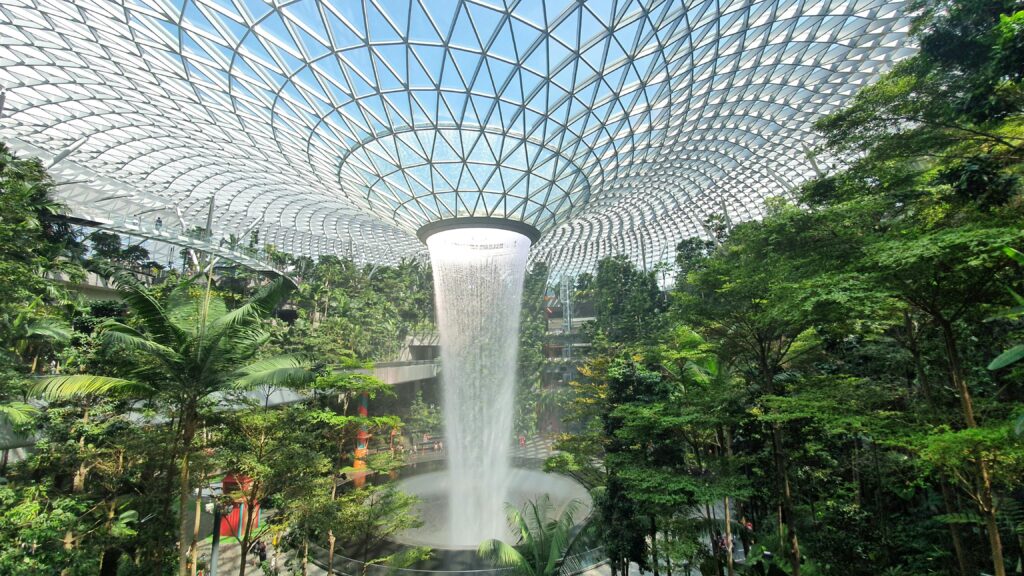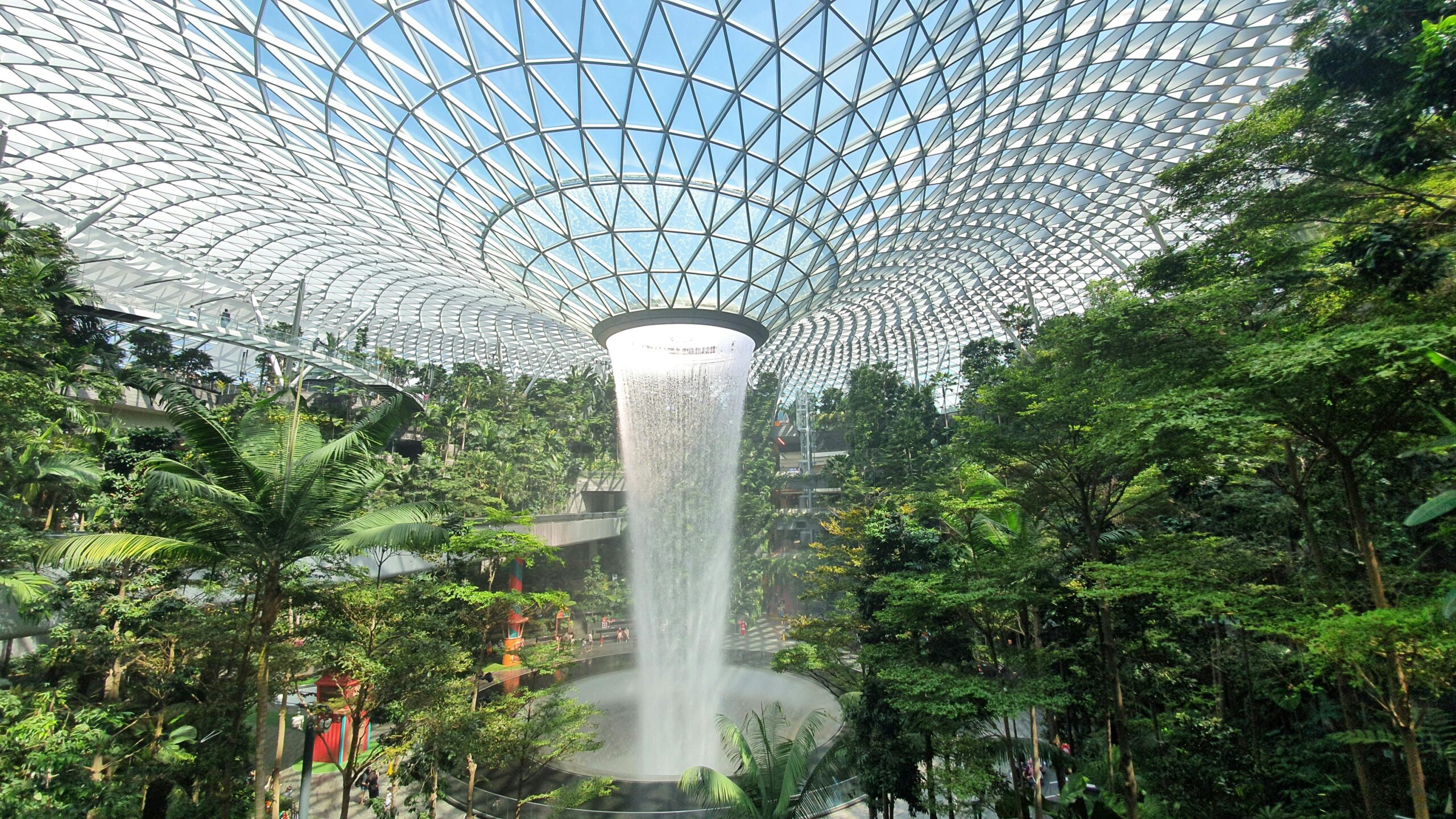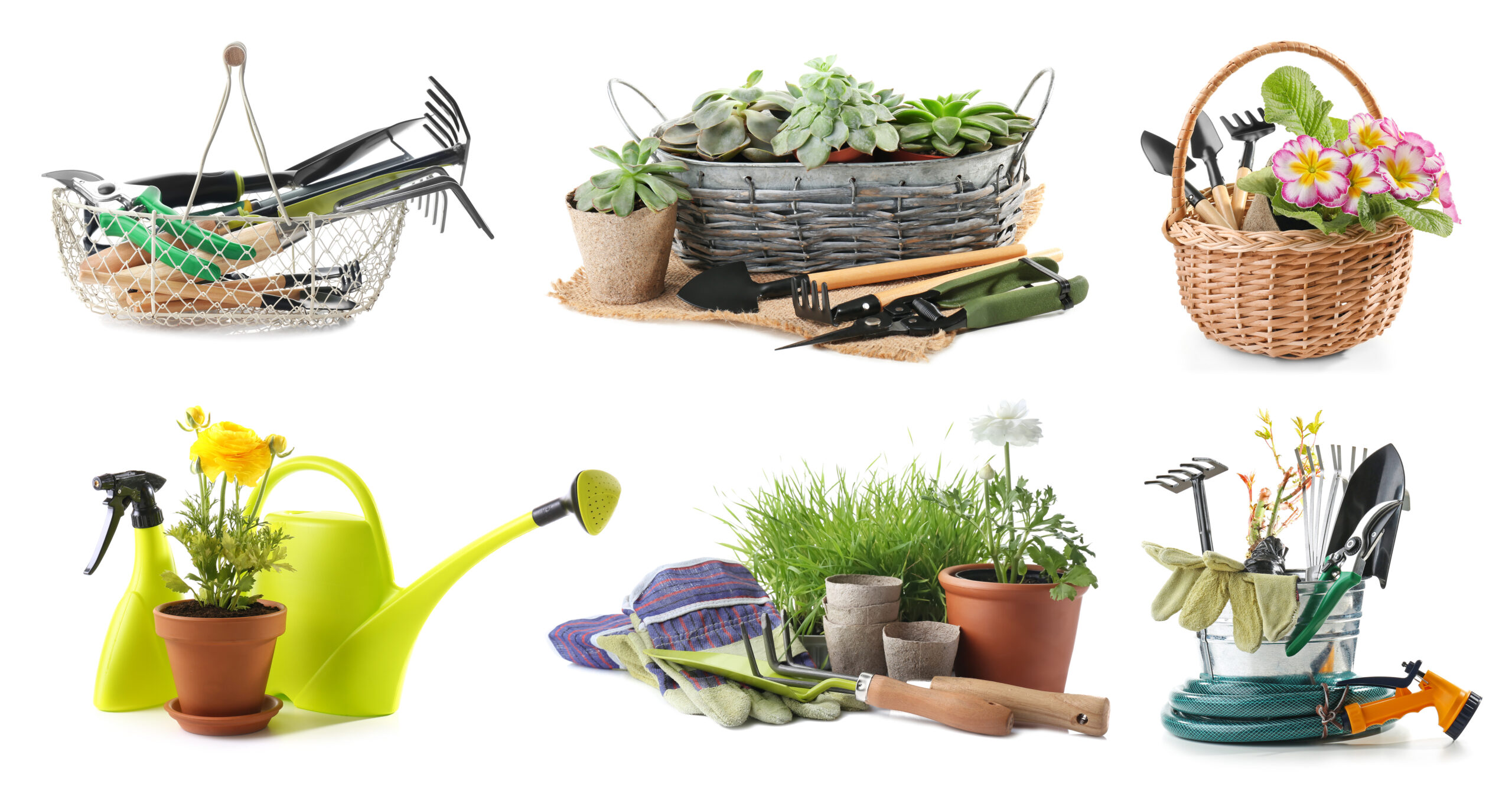
Smart Gardens: Technology Meets Nature
The fusion of technology and gardening has given rise to smart gardens, self-contained growing systems equipped with automated lighting, watering, and nutrient delivery. These systems take the guesswork out of indoor gardening, making it accessible to even those with a notorious black thumb. With features like app connectivity, you can monitor and manage your garden from anywhere, ensuring your plants receive exactly what they need to thrive. Smart gardens are perfect for growing herbs, leafy greens, and flowers indoors, offering a seamless blend of functionality and design.
Vertical Gardening: Maximizing Limited Spaces
As urban living spaces become smaller, vertical gardening has emerged as a trend for maximizing limited areas. This approach involves growing plants on vertically suspended panels or structures, allowing for a large number of plants to be cultivated in a compact space. Vertical gardens not only save floor space but also transform blank walls into living art, improving air quality and adding a touch of greenery to urban environments. From modular planters to DIY pallet gardens, the possibilities for vertical gardening are endless.
Hydroponic Systems: Soil-Free Growing
Hydroponics, the method of growing plants in water rather than soil, has gained popularity for its efficiency and sustainability. Indoor hydroponic systems range from simple countertop units to elaborate setups, allowing for year-round cultivation of vegetables, herbs, and flowers. These systems use nutrient-rich water solutions to feed plants, resulting in faster growth rates and higher yields than traditional soil-based gardening. Hydroponics also conserves water and eliminates the mess and pests associated with soil, making it a clean and eco-friendly option for indoor gardeners.
LED Grow Lights: The Future of Indoor Lighting
LED grow lights have revolutionized indoor gardening, offering a spectrum of light tailored to plant growth. These energy-efficient lights generate minimal heat, allowing them to be placed closer to plants without the risk of overheating. With adjustable wavelengths, LED grow lights can mimic natural sunlight, promoting photosynthesis and ensuring healthy plant development. Whether used in a small kitchen herb garden or a larger indoor plant collection, LED grow lights are a key component of modern indoor gardening setups.
Aquaponics: A Closed-Loop Ecosystem
Aquaponics combines fish farming with hydroponic gardening in a closed-loop system, where fish waste provides nutrients for plants, and plants filter and clean the water for fish. This symbiotic relationship creates a sustainable ecosystem that can produce both fresh produce and protein. Indoor aquaponic systems can range from small, decorative setups to larger, more productive units. This trend not only highlights the potential for sustainable indoor farming but also provides an educational tool for understanding ecosystems.
Edible Indoor Gardens: From Farm to Table
The desire for fresh, pesticide-free produce has led many to explore indoor gardening as a source of culinary ingredients. Edible indoor gardens can include a variety of herbs, leafy greens, and even small vegetables or fruits. With the rise of smart gardens and hydroponic systems, growing your own food indoors has never been easier. This trend not only promotes healthy eating but also reduces the environmental impact associated with traditional agriculture and long-distance food transport.
Living Walls: Integrating Nature into Design
Living walls, also known as green walls, are vertical gardens that are attached to the interior or exterior of a building. These installations can vary in size and complexity, from simple modular units to large-scale professional systems. Living walls purify the air, reduce noise levels, and naturally regulate temperature, all while adding stunning visual interest to a space. As more people seek to incorporate nature into their homes and workplaces, living walls represent the pinnacle of design-forward indoor gardening.
Biophilic Design: Bringing the Outdoors In
At the heart of many indoor gardening trends is the principle of biophilic design, which seeks to increase connectivity to the natural environment through direct nature, indirect nature, and space and place conditions. This approach integrates plants, water features, and natural materials into indoor spaces, aiming to improve well-being, reduce stress, and enhance creativity. From incorporating plant motifs in decor to installing large, immersive indoor gardens, biophilic design emphasizes the importance of nature in our daily lives and environments.
These innovative indoor gardening trends reflect a growing desire to integrate greenery into our living spaces, enhancing both aesthetic appeal and well-being. As technology and sustainable practices evolve, indoor gardening continues to push the boundaries of what’s possible, bringing the beauty and benefits of nature closer to us, regardless of where we live.



